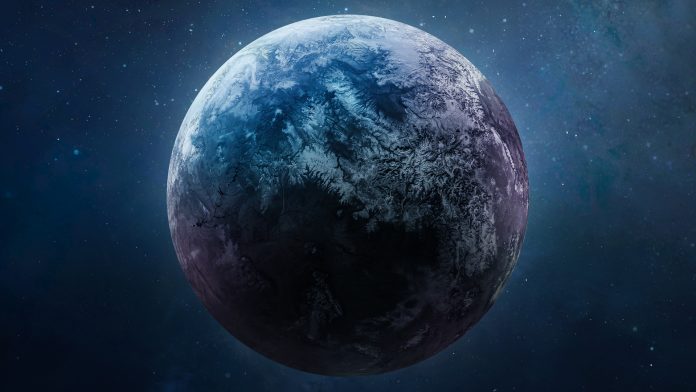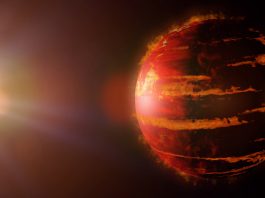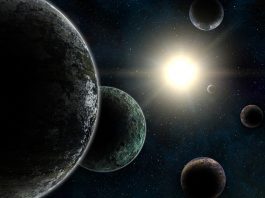According to the University of New South Wales, Sydney, a newly discovered planet could be our best chance of studying rocky planet atmospheres to determine their habitability.
Gliese 486b is a super-Earth, which is a rocky planet bigger than Earth but smaller than ice giants like Neptune and Uranus. It orbits a red dwarf star around 26 light-years away, making it a close neighbour to our solar system.
With a surface temperature of 430° Celsius, Gliese 486b is too hot to support human life. But studying its atmosphere could help us learn whether similar planets might be habitable for humans – or if they are likely to hold other signs of life.
Dr Ben Montet, an astronomer and Scientia Lecturer at UNSW Science and co-author of the study, said: “This is the kind of planet we’ve been dreaming about for decades. We’ve known for a long time that rocky super-Earths must exist around the nearby stars, but we haven’t had the technology to search for them until recently. This finding has the potential to transform our understanding of planetary atmospheres.”
Super-Earths are not rare, but Gliese 486b has two unusual characteristics: firstly, its heat ‘puffs up’ the atmosphere, helping astronomers take atmospheric measurements; and secondly, it’s a transiting planet, which means it crosses over its star from Earth’s perspective – making it possible for scientists to conduct in-depth analysis of its atmosphere.
The CARMENES project
The study was part of the CARMENES project, a consortium of 11 Spanish and German research institutions that look for signs of low-mass planets around red dwarf stars. Red dwarfs are the most common type of star, making up around 70% of all stars in the Universe. They are also much more likely to have rocky planets than Sun-like stars.
Montet said: “Red dwarfs are known to have a lot of stellar activity, like flares and coronal mass ejections. This kind of activity threatens to destroy a planet’s atmosphere. Measuring Gliese 486b’s atmosphere will go a long way towards deciding if we should consider looking for signs of life around red dwarfs.”
The findings were made possible using data from NASA’s all-sky survey called the Transiting Exoplanet Survey Satellite (TESS) mission and telescopes in Spain, USA, Chile and Hawaii.
Almost 70 people were involved in the study, including two Australians: Montet from UNSW Science, and Thiam-Guan Tan, an astronomer who built an observatory in his own backyard in Perth. Tan helped confirm the planet by observing a transit of Gliese 486b.
Tan said: “I built my observatory more than 10 years ago to see if I could participate in the search for planets. It has been very satisfying to be able to confirm that a bloke in a backyard can contribute to significant discoveries, such as Gliese 486b.”









